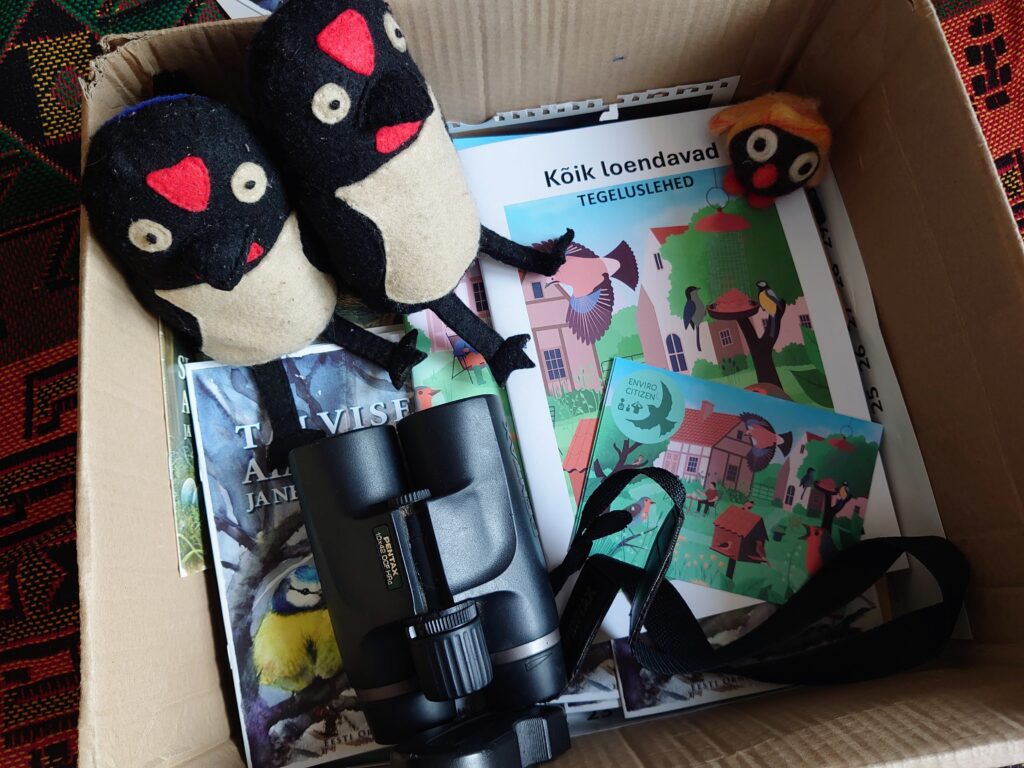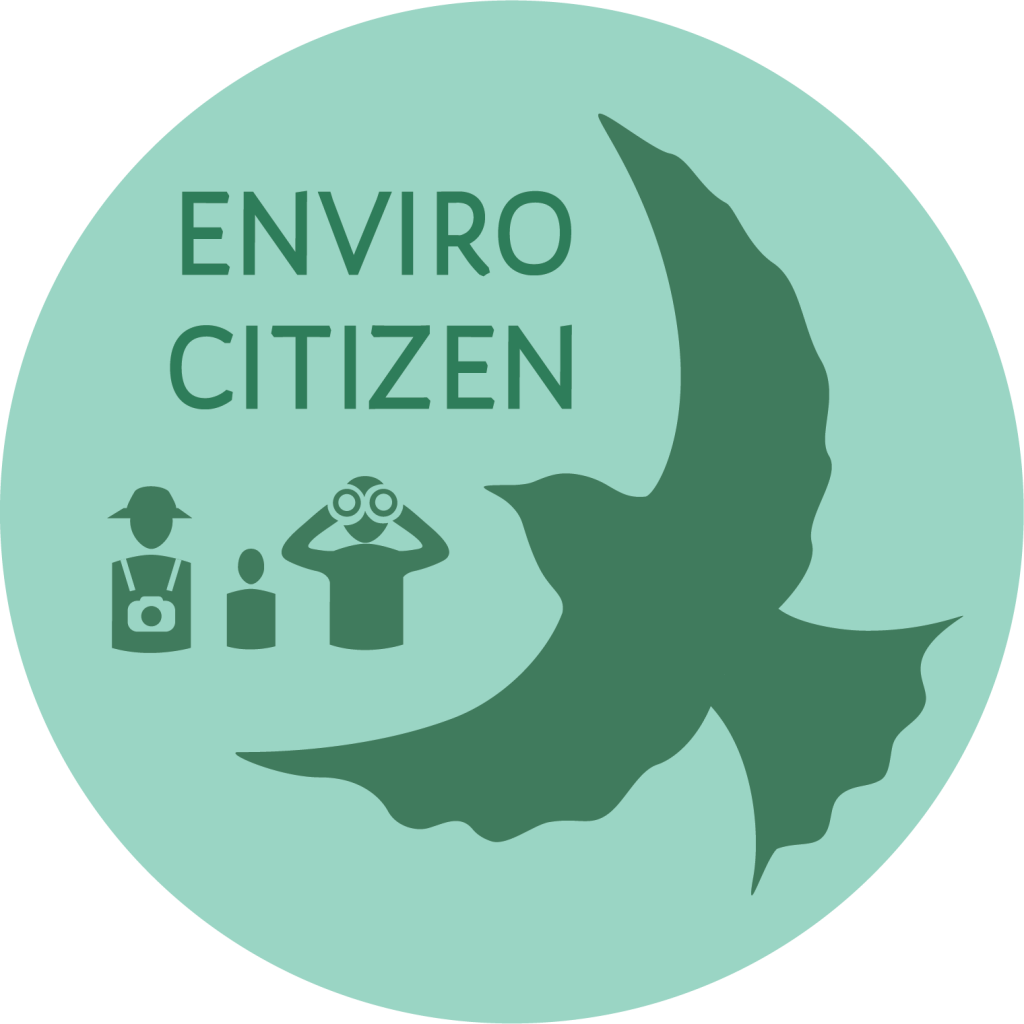The more-than-human world. Literature and art in a multi-species world
A garden seminar organised by the Literature Centre and Department of Semiotics of Tartu University

The literary career of Friedebert Tuglas began at the beginning of the 20th century with the stories “The Hedgehog“ (children’s magazine Lasteleht 1901) and “The Wolf“ (Linda 1903), written as a schoolboy – texts that focus on the relationship of human characters with characters who are not human beings but who still influence people’s lives and activities. Jaan Eilart, who often visited the Tuglas’ family in their garden in Rahumäe in the former home of Marie Under and Artur Adson, has said that for Tuglas, all the inhabitants of this garden were important – whether they were animals, birds or plants. Elo Tuglas used to apply the principle of “The Little Prince“ by Antoine de Saint-Exupéry in the garden: you are always responsible for everything that you have tamed. In the late 20th century, in 1996, the American ecologist and philosopher David Abram introduced the term „the more-than-human world“, which encompasses the relationship between humans and the non-human life forms that surround them – be they animals, plants, fungi or bacteria. Such relationships are inevitable and have a fundamental impact on the human condition. In addition to non-human species, the more-than- human-world includes such influences as geographical and climatic conditions and elements of ecosystems – an area that comprises humanity and its culture but is much broader than that. In the context of the current Estonian science, this concept can be linked, for example, with studies of animal history or Umwelt.
At the traditional garden seminar held on 15 June 2023 in the museum garden of the Under and Tuglas Literature Centre (Väikese Illimari 12), we looked at approaches to literature and art based on the concept of the more-than-human-world. Walking in the footsteps of Tuglas, special attention was paid to observations of contact and interaction between humans and other species, approaches to mutual communication, influence and perception, mapping both human and other perspectives.

Programme
I 12pm–1.30pm
Timo Maran, Semiotic connection in a multi-species world
Kadri Tüür, What do you taste like to a bear?
Elle-Mari Talivee, Birdwatchers and their journey to environmental awareness
II 2pm–3.30pm
Merili Metsvahi, The perceptions of the Livonian clergy about the vitality of water bodies in the first half of the 17th century
Kaarina Rein, Botany at the Swedish-era University of Tartu on the example of Andreas Arvid’s disputation „De plantis“
Risto Järv, Better than the neighbour. Our fairytale hedgehog
III 3.45pm–5.15pm
Sara Bédard-Goulet, More-than-human encounters at the edge of extinction in Indices des feux by Antoine Desjardins
Ulrike Plath, Manfred Kyber: Baltic German animal rights activist and writer
Ene-Reet Soovik, Waves of the Baltic Sea: of urban nature and nature writing
IV 5.30pm
Half-hour with ecopoet Maarja Pärtna, who talks about her poetry collections „Vivarium“ and „The Living City“ as well as recent environmental essays.
The garden seminar is supported by the Horizon 2020 environmental humanities project „Citizen Science for Environmental Citizenship: Backyard Birding and the Potential for Cultivating Green Engagement“ and the Department of Semiotics of Tartu University (PRG1504).

This project has received funding from the European Union’s Horizon 2020 research and innovation programme under grant agreement No 872557.
